By Lt. Col. Harold E. Raugh, Jr., Ph.D., U.S. Army (Ret.)
The magnitude and geographical scale of the battles and campaigns on the Eastern Front during World War II and the number of soldiers involved in these operations are almost beyond the understanding of Americans.
When the Wehrmacht (German Army) deployed to invade the Soviet Union in June 1941, it arrayed its forces on a 1,720-mile (2,768-kilometer) front that stretched from the Barents Sea in the north to the Black Sea in the south. This is the enormously large and lethal, and relatively obscure and imperfectly understood Eastern Front, the topic of editor Keith E. Bonn’s Slaughterhouse: The Handbook of the Eastern Front (Aberjona Press, Bedford, PA, 2005, 512 pp., illustrations, maps, figures, bibliography, $29.95, softcover).
The front was, as pointed out in this outstanding volume, “equivalent to the distance along [the United State’s] eastern coast from the northern border of Maine to the southern tip of Florida.” Moreover, in approximate numbers, “World War II cost the Soviet Union about 14.7 million military dead, half again as many men as the United States fielded in the entire war effort and more than 30 times the 375,000 dead the United States suffered in the war.”
Once opened, this book is difficult to put down. It is a massive compendium containing facts, figures, chronologies, and descriptions of myriad topics related to the German and Soviet military operations on the Eastern Front during World War II. This book begins with a perceptive introduction by retired U.S. Army Colonel David M. Glantz, the United States’ foremost authority on the Soviet Army during World War II. The first chapter is, “An Annotated Chronology of the War on the Eastern Front,” derived and abridged from one of Glantz’s earlier publications. In addition to key dates and events, this chapter contains highly descriptive summaries of the various operations conducted, supplemented by detailed maps.
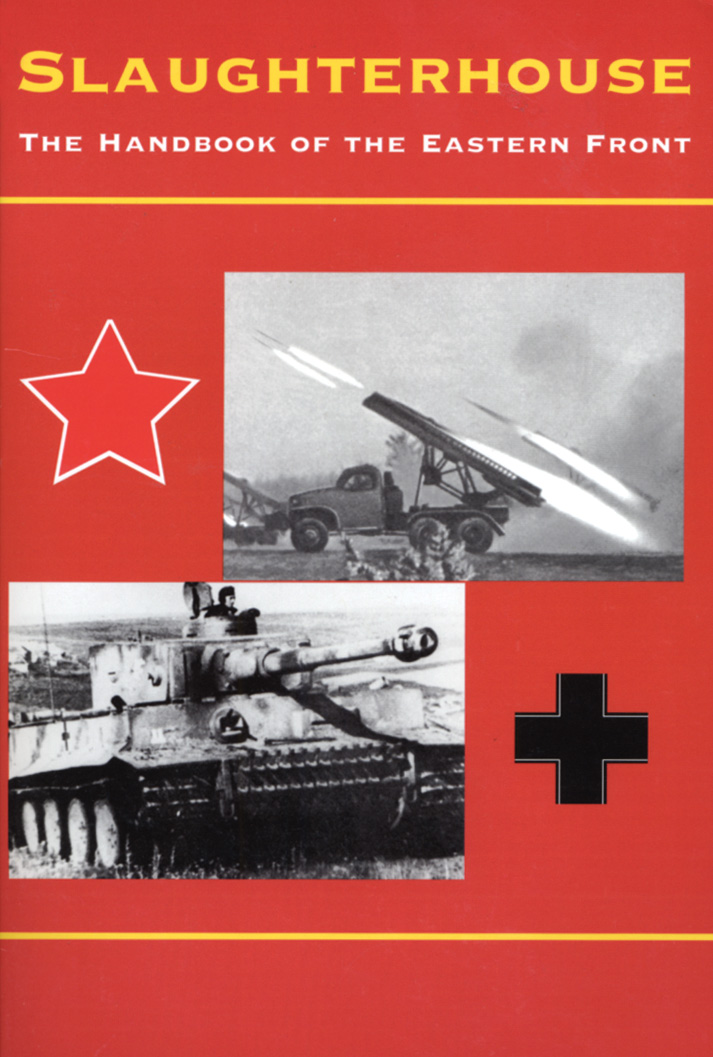 Fifty-seven total illustrated biographical sketches (generally one to two pages each) of significant German military leaders are next, complemented by a section with biographies of “Important Soviets.”
Fifty-seven total illustrated biographical sketches (generally one to two pages each) of significant German military leaders are next, complemented by a section with biographies of “Important Soviets.”
The largest section in this volume is “Germany and Their Allies’ Units on the Eastern Front.” This includes German Army and Luftwaffe (Air Force) units, with Axis Finnish, Hungarian, Italian, and Romanian units. Each of the 487 German Army groups, armies, corps, and divisions that saw combat on the Eastern Front is included, with a spectacular amount of relevant and detailed information. This includes the dates of unit establishment, reorganizations and redesignations, combat and other operations, and commanders. “Soviet Forces on the Eastern Front,” totaling 881 separate elements, receive the same detailed identification and dissection as their German counterparts.
Organizational charts with tactical unit symbols are covered in “Organization of Military Units on the Eastern Front.” This section covers 55 types of German/Axis and Soviet division-sized units.
The weapons used by the opposing forces on the Eastern Front are also described in detail. They begin with small arms, rifles, machine guns, and antitank rifles, and continue with illustrations, rocket launchers, artillery and mortars, tank destroyers, assault guns, tanks, and fighter aircraft. Numerous tables are included that provide detailed weapon characteristics and capabilities.
The concluding chapter is “Forgotten Battles” by Glantz. This section highlights the fact that until recently most of the historical information on Eastern Front military operations came from German sources. They were, either intentionally or unintentionally, not always accurate. As a result of the fall of the Soviet Union and the end of the Cold War, the Russians have permitted Western historians to conduct research in their formerly inaccessible military archives. This has permitted reevaluations and new insight on the unprecedented battles of the Eastern Front.
Slaughterhouse: The Handbook of the Eastern Front is a jewel of a book. It contains the synthesized results of the latest research on Eastern Front topics and a tremendous amount of detailed information and data on German and Soviet military units and operations that cannot be found in any other single volume. This comprehensive and current volume on the decisive theater of the world’s largest military conflagration is an authoritative and indispensable reference that will be welcomed by every World War II historian and enthusiast.
Recent and Recommended
 Biggest Brother: The Life of Major Dick Winters, the Man who Led the Band of Brothers, by Larry Alexander, New American Library Caliber, New York, 2005, 304 pp., illustrations, appendix, glossary, bibliography, index, $24.95, hardcover.
Biggest Brother: The Life of Major Dick Winters, the Man who Led the Band of Brothers, by Larry Alexander, New American Library Caliber, New York, 2005, 304 pp., illustrations, appendix, glossary, bibliography, index, $24.95, hardcover.
In 1993, historian Stephen Ambrose wrote Band of Brothers: E Company, 506th Regiment, 101st Airborne Division from Normandy to Hitler’s Eagle Nest. In doing so, the role of this single airborne company—Easy Company—was highlighted and praised arguably at the expense of other rifle companies. The actions of its officers and men, already generally heroic and exemplary, gained legendary proportions, especially after the showing of the HBO series Band of Brothers.
The leader of this “band of brothers” was Lieutenant (later Major) Richard D. Winters. He assumed command of Easy Company on D-Day after the company commander was killed during the invasion of Normandy. On D-Day, Winters courageously led his men in destroying a German artillery battery that overlooked Utah Beach. For this important contribution to the success of the Normandy operation, Winters was recommended for the Medal of Honor but received the Distinguished Service Cross instead. He commanded Easy Company in fighting in Normandy, and Operation Market Garden in Holland before being reassigned to the 2nd Battalion in October 1944. This detailed, page-turning biography recounts Winters’ life before, during, and after World War II, focusing on his combat service as the “Biggest Brother” of Easy Company.
In Brief
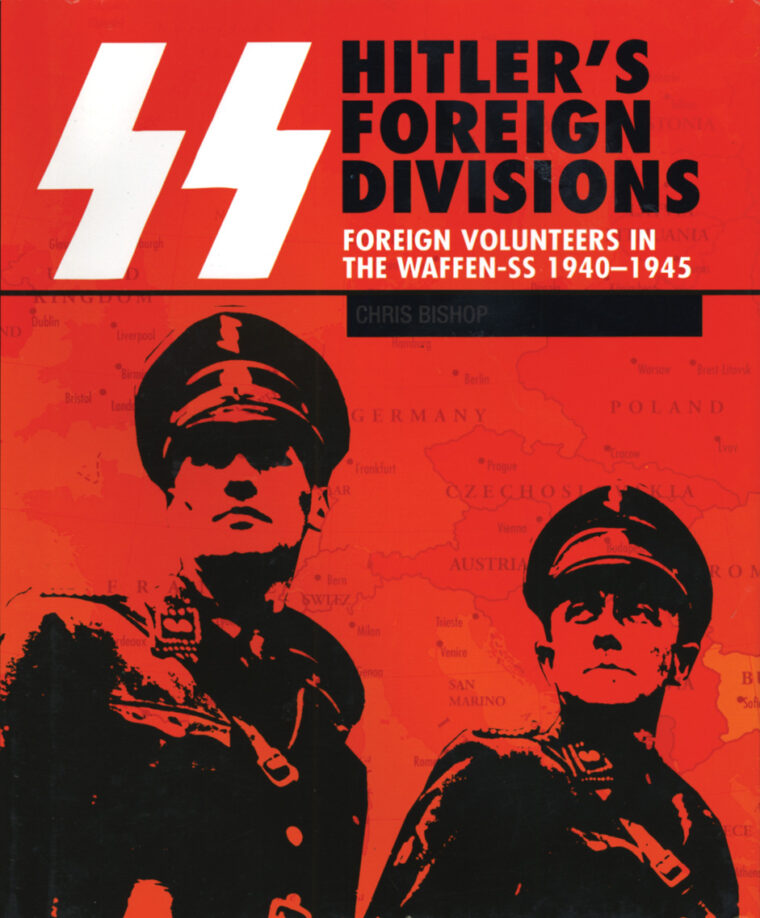 SS—Hitler’s Foreign Divisions: Foreign Volunteers in the Waffen-SS, 1940-1945, by Chris Bishop, Amber Books, London, 2005, 192 pp., illustrations, map, appendices, glossary, bibliography, index, $34.95, hardcover.
SS—Hitler’s Foreign Divisions: Foreign Volunteers in the Waffen-SS, 1940-1945, by Chris Bishop, Amber Books, London, 2005, 192 pp., illustrations, map, appendices, glossary, bibliography, index, $34.95, hardcover.
The German Waffen SS (Armed SS) expanded from a small force of four ethnically pure German regiments to a huge, polyglot force of 900,000 soldiers in 39 divisions during the course of World War II. Fierce fighting, especially on the Eastern Front, caused high casualties. To seek new soldiers and circumvent Wehrmacht restrictions on Waffen SS recruiting, the latter began to enlist troops from “Aryan” Nordic states that shared the Nazis’ “romantic vision of a pan-Germanic Europe.” By the end of the war, perhaps as many as 350,000 foreign volunteers, from the Soviet Union, Baltic nations, France, Croatia, Serbia, Italy, Hungary, and other countries, served in the Waffen SS. There were also contingents from neutral Spain, Sweden, and Switzerland, and the British Freikorps, consisting of former British and Commonwealth prisoners of war.
This excellent book is divided into five chapters. After an initial overview of the evolution of the Waffen SS, two chapters cover the nations of Western Europe and Eastern Europe that provided troops to the Waffen SS. The last two chapters detail orders of battle and other significant information on, the “Foreign SS Divisions” and the “Foreign SS Brigades.” The wealth of information and excellent photographs in this book make it a welcome addition to the library of any World War II enthusiast.
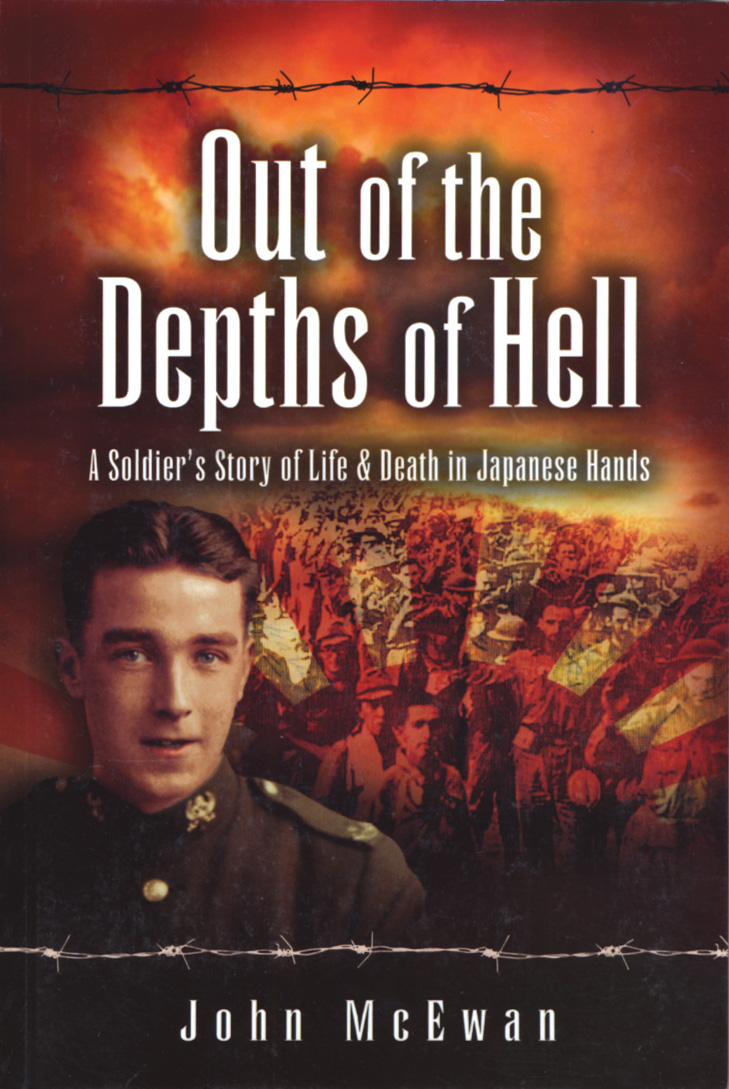 Out of the Depths of Hell: A Soldier’s Story of Life and Death in Japanese Hands, by John McEwan, Pen & Sword Military, Barnsley, UK, 2005, 140 pp., illustrations, maps, $19.95, softcover.
Out of the Depths of Hell: A Soldier’s Story of Life and Death in Japanese Hands, by John McEwan, Pen & Sword Military, Barnsley, UK, 2005, 140 pp., illustrations, maps, $19.95, softcover.
It was fortunate that when British Army gunner John McEwan landed with his artillery regiment on Malaya in late 1941, he was “blissfully unaware” of what the future held for him and his comrades. Within weeks, the Japanese attacked Pearl Harbor, Malaya, and elsewhere, and McEwan was one of thousands of soldiers captured by the Japanese when Singapore surrendered on February 15, 1942. His descent into unimaginable depths of hell then began. On Singapore, humiliating captivity was accompanied by constant hunger, crowded conditions, rampant disease, and bestial brutality. McEwan and some 20,000 POWs were later jammed into a barracks complex that had a pre-war capacity of about 800 soldiers. In October 1942, McEwan and another thousand POWs were crammed into a dank, rat-infested “hell ship” and transported to Formosa (now Taiwan). On Formosa, the POWs were forced to labor in the dreadful Kinkasaki copper mine, beaten and tortured by tyrannical Japanese and Taiwanese. This compelling and candid memoir is a powerful tribute to the triumph of the human spirit over unspeakable adversity and Japanese savagery.
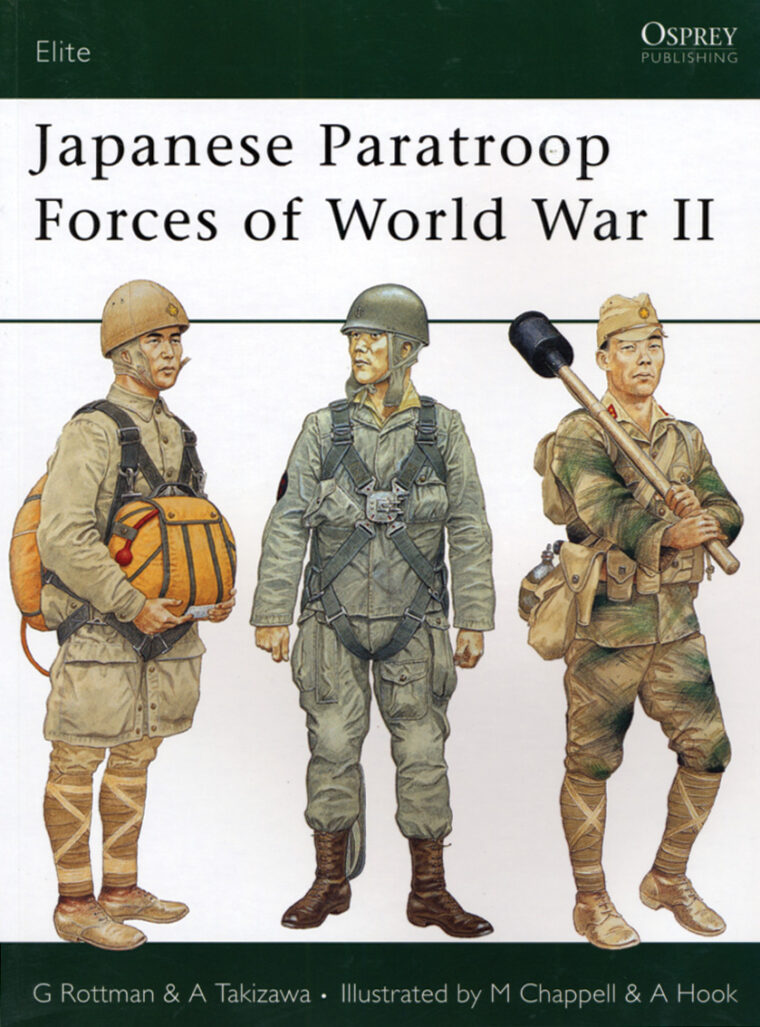 Japanese Paratroop Forces of World War II, by Gordon Rottman and Akira Takizawa, Elite 127, Osprey Publishing, Oxford, UK, 2005, 64 pp., illustrations, maps, glossary, select bibliography, index, $16.95, softcover.
Japanese Paratroop Forces of World War II, by Gordon Rottman and Akira Takizawa, Elite 127, Osprey Publishing, Oxford, UK, 2005, 64 pp., illustrations, maps, glossary, select bibliography, index, $16.95, softcover.
Unlike their stalwart German counterparts during World War II, relatively little seems to be known about Japanese military paratroopers. Using wartime intelligence reports and many Japanese-language books and documents, the authors begin by tracing the origins of the Imperial Japanese Army (IJA) and Navy (IJN) parachute units. The organizational structures and orders of battle of IJA raiding units and glider infantry and IJN special landing forces, and individual and unit equipment are described. The highlight of the volume—in addition to the many excellent and interesting photographs and artwork—is the chronicle of the four Japanese airborne assaults conducted during the war. The first was executed by the IJN in January 1942 into today’s Indonesia. In February 1942, IJN units jumped into West Timor, and IJA paratroopers made an assault on Sumatra. The final IJA parachute jump was into Leyte, the Philippines, in December 1944, and a glider-borne assault was made on Okinawa in April 1945. Authors Gordon L. Rottman and Akira Takizawa collaborated on this study and successfully filled an information void on Japanese parachute units and operations during World War II.
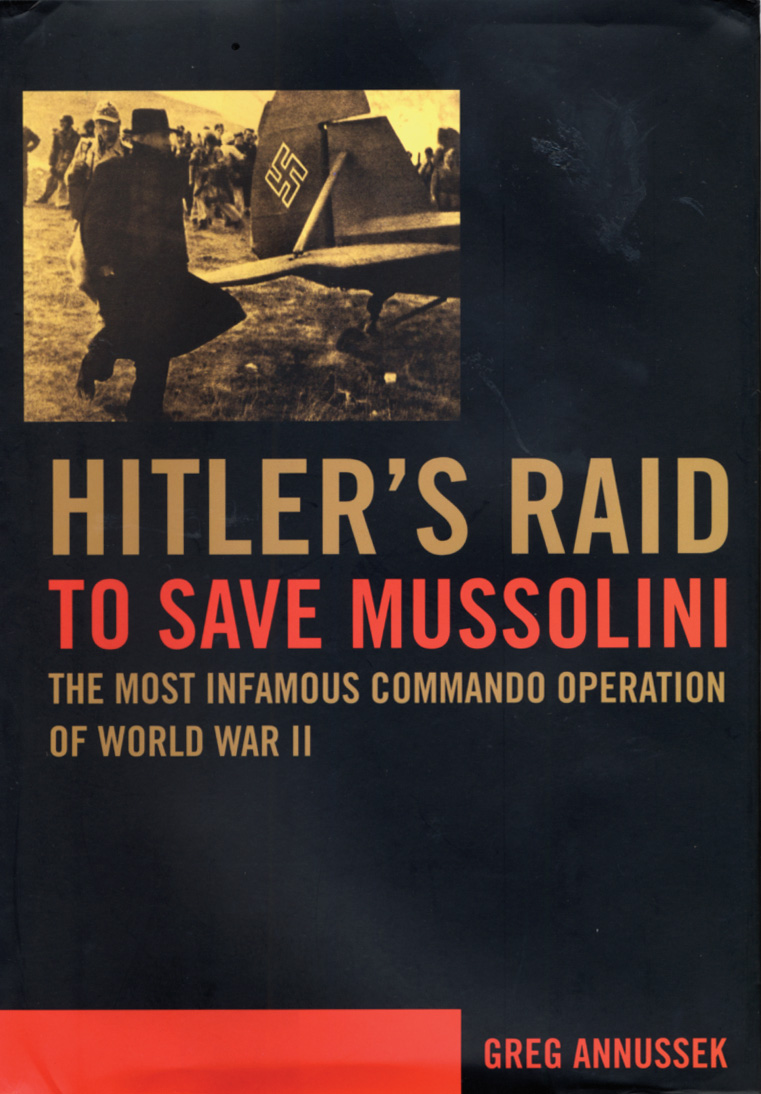 Hitler’s Raid to Save Mussolini: The Most Infamous Commando Operation of World War II, by Greg Annussek, Da Capo Press, Cambridge, MA, 2005, 325 pp., illustrations, maps, notes, bibliography, index, $26.00, hardcover.
Hitler’s Raid to Save Mussolini: The Most Infamous Commando Operation of World War II, by Greg Annussek, Da Capo Press, Cambridge, MA, 2005, 325 pp., illustrations, maps, notes, bibliography, index, $26.00, hardcover.
“I knew my friend Adolf Hitler would not abandon me,” proclaimed a grinning Benito Mussolini after German commandos rescued the deposed Italian leader from his mountaintop prison in September 1943. The Allied invasion of Sicily in June 1943 had weakened Mussolini’s hold over war-weary Italy and contributed to his overthrow the following month. Mussolini seemingly disappeared, and the Germans began planning a daring military mission, Operation Oak, to rescue the confined Duce. The leader of a recently organized commando unit, Waffen SS Captain Otto Skorzeny, helped plan and then led this risky rescue mission. On September 12, 1943, as assaulting German gliders crash landed on the Gran Sasso peak in central Italy, German commandos and paratroopers overpowered the Italian guards and freed Mussolini. Author Greg Annussek has used many primary source documents and reconciled their discrepancies and controversial details to produce a lively and action packed account of one of the boldest and most notorious commando missions of the Second World War.
 World War II in Their Own Words: An Oral History of Pennsylvania’s Veterans, edited by Brian Lockman with Dan Cupper, Stackpole Books, Mechanicsburg, PA, 2005, 272 pp., illustrations, maps, appendices, bibliography, index, $19.95, softcover.
World War II in Their Own Words: An Oral History of Pennsylvania’s Veterans, edited by Brian Lockman with Dan Cupper, Stackpole Books, Mechanicsburg, PA, 2005, 272 pp., illustrations, maps, appendices, bibliography, index, $19.95, softcover.
This is a book of war stories. Volume editors Brian Lockman and Dan Cupper have compiled the accounts of over 30 Pennsylvania World War II veterans who were interviewed by the Pennsylvania Cable Network for their lauded television series World War II: In Their Own Words. The veterans represent a cross-section of those who served in World War II. Contributing veterans included former officers, enlisted men, and one female nurse. They served in the Army, Army Air Corps, Navy, and Marines, and in the European, Pacific, and China-Burma-India theaters. Henry Heim, for example, flew more than 75 B-17 Flying Fortress missions over North Africa, Germany, and the Balkans. He recalled that he “wouldn’t trade the experience for all the money in the world, but [he] would never want to go through it again.” A B-29 tail gunner whose plane was shot down, Nick Gazibara was captured by the Japanese and recalls his horrific experiences. John Wiest served as a cook aboard the cruiser USS Vincennes and was seriously wounded when his ship was sunk at the Battle of Savo Island. These accounts are interesting and generally of a high quality, but oral interviews from 50 or more years after events need to be taken with a grain of salt, as memories fail, change, or embellish events, or become selective. In spite of inaccuracies in the World War II timeline, these veterans’ accounts provide a glimpse of military service during the global conflict.
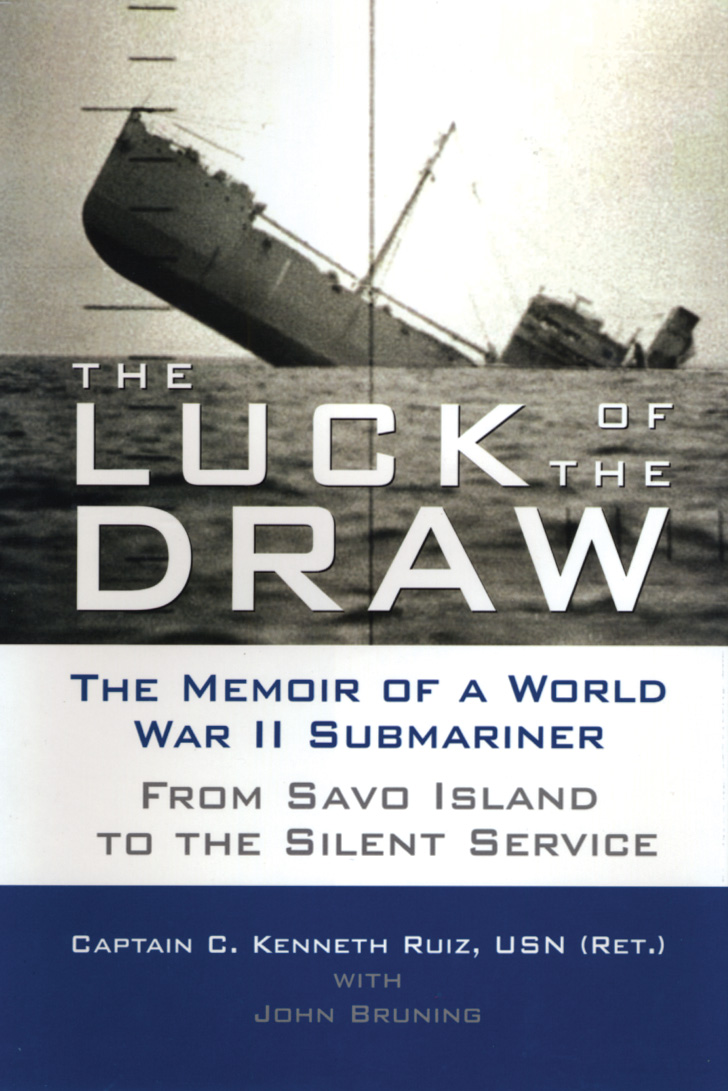 The Luck of the Draw: The Memoir of a World War II Submariner – From Savo Island to the Silent Service, by C. Kenneth Ruiz, Zenith Press, St. Paul, MN, 2005, 304 pp., illustrations, maps, $24.95. hardcover.
The Luck of the Draw: The Memoir of a World War II Submariner – From Savo Island to the Silent Service, by C. Kenneth Ruiz, Zenith Press, St. Paul, MN, 2005, 304 pp., illustrations, maps, $24.95. hardcover.
Recently commissioned from the U.S. Naval Academy, Ensign C. Kenneth Ruiz was assigned to the cruiser USS Vincennes in 1942. During the “nightmare battle” of Savo Island, August 9, 1942, Vincennes was one of four Allied heavy cruisers sunk. Ruiz survived this catastrophe and volunteered for submarine duty. He was assigned to the rivet-hulled, all-electric drive Perch-class submarine USS Pollack (SS-180). Ruiz made five war patrols on Pollack between October 1942 and September 1943. He describes in mesmerizing detail the operations of Pollack on these patrols (during which she sank four enemy vessels) and actions taken to avoid detection by surface patrol boats and destruction by depth charges and aerial bombs. After Pollack was refitted, Ruiz participated in more war patrols, including one that attacked a phosphate factory on a Japanese-held island. In late 1944, he was transferred to the U.S. This fast-paced memoir of life in the Silent Service is interesting and informative, and it merits a large audience.
Across the Dark Islands: The War in the Pacific, by Floyd W. Radike, Presidio Press, New York, 2005, 261 pp., maps, illustrations, $24.95, hardcover.
This riveting and educational book is Floyd W. Radike’s story of his combat service in the Pacific theater during World War II. Radike was initially a lieutenant and rifle platoon leader in the 161st Infantry Regiment, a National Guard unit in the Regular Army 25th Infantry Division (ID). The ill-prepared and inadequately trained 25th ID was diverted with two days’ notice to combat in the dank and disease ridden jungles of Guadalcanal. During this campaign, the strength of Radike’s company was reduced from five officers and 195 men to two officers and 11 men. The fighting at Guadalcanal, and later at New Georgia and in the Philippines, was “deadly, debilitating, and offering constant tension and fear, as well as mixing in mud, blood, and despair.” While Radike bemoans the incompetence of senior leaders and the relative comfort of rear echelon units, he knew from experience that “the U.S. soldier had courage as well as sense.”
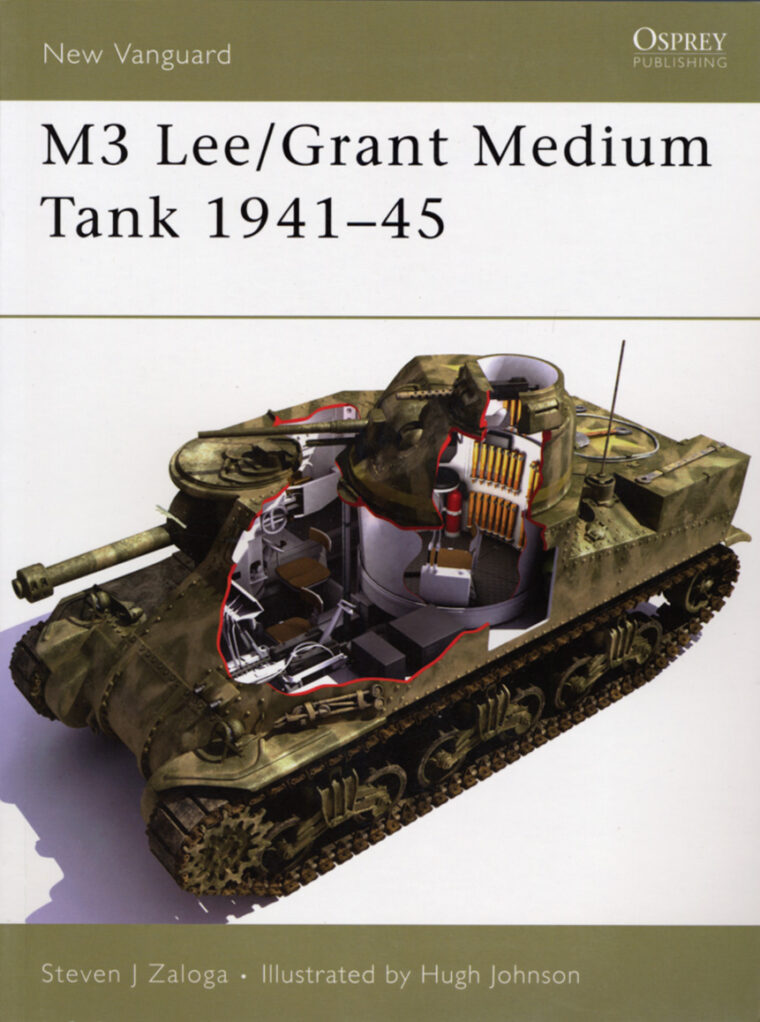 M3 Lee/Grant Medium Tank, 1941-45, by Steven J. Zaloga, New Vanguard Series, Osprey Publishing, Oxford, UK, 2005, 48 pp., illustrations, bibliography, index, $14.95, softcover.
M3 Lee/Grant Medium Tank, 1941-45, by Steven J. Zaloga, New Vanguard Series, Osprey Publishing, Oxford, UK, 2005, 48 pp., illustrations, bibliography, index, $14.95, softcover.
“The M3 medium tank was rushed into production in 1941,” writes armored vehicle authority Steven J. Zaloga, “as a stop-gap to satisfy the desperate need for a medium tank in the US and British tank forces.” The British, who fought in France in 1940 and had been fighting in the Middle East and elsewhere since mid-1940, were in serious need of armored vehicles. The interesting monograph chronicles the evolution of the M3 tank, including its design, development, and shipment as part of the Lend-Lease program. There were two main designs of the M3, each with a different turret (although there were nine variants of each). The U.S. version of this 75mm main gun tank was called the “Lee” and the British version the “Grant.” The M3 was most effective in the North African desert battles in 1942-1943, where it was able to penetrate German panzer armor. After 1943, the M3 was no longer employed in the European Theater of Operations, although it was later used effectively in Burma and by the Russians on the Eastern Front. The excellent illustrations—photographs, drawings, and especially cutaway artwork that reveals the tank’s interior compartments and equipment—make this a valuable reference for tank enthusiasts and military modelers. alternatives were much worse.”
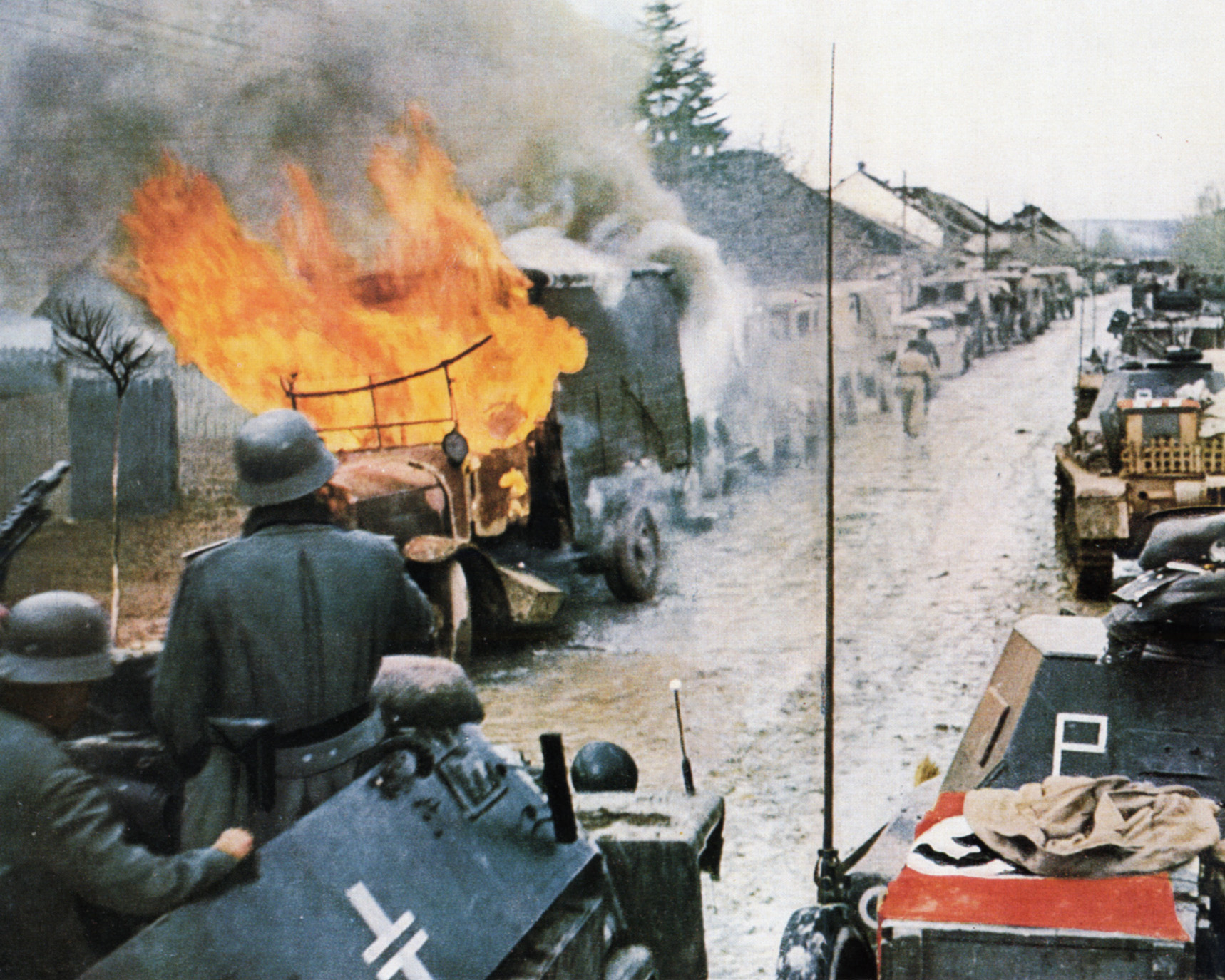
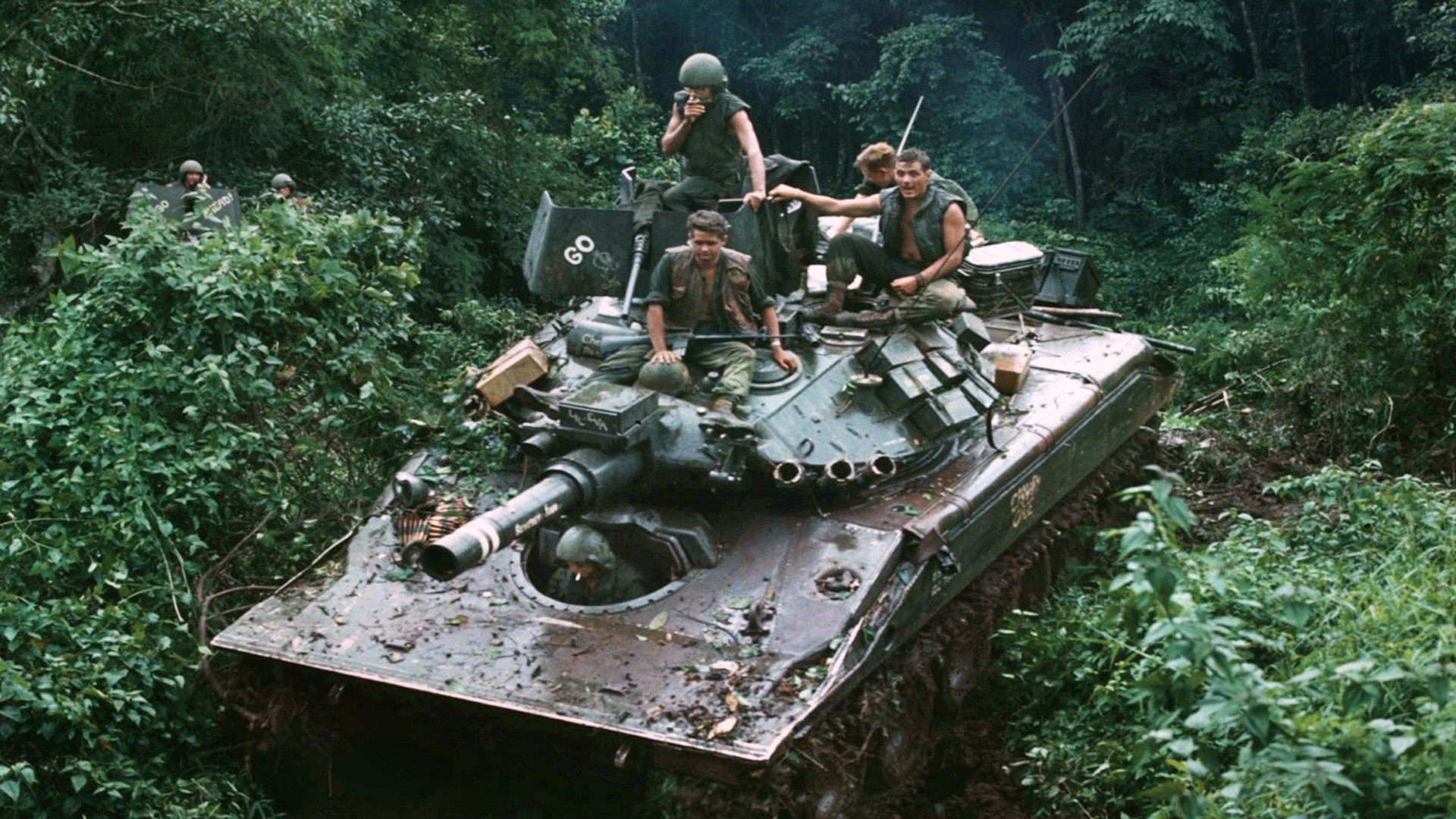
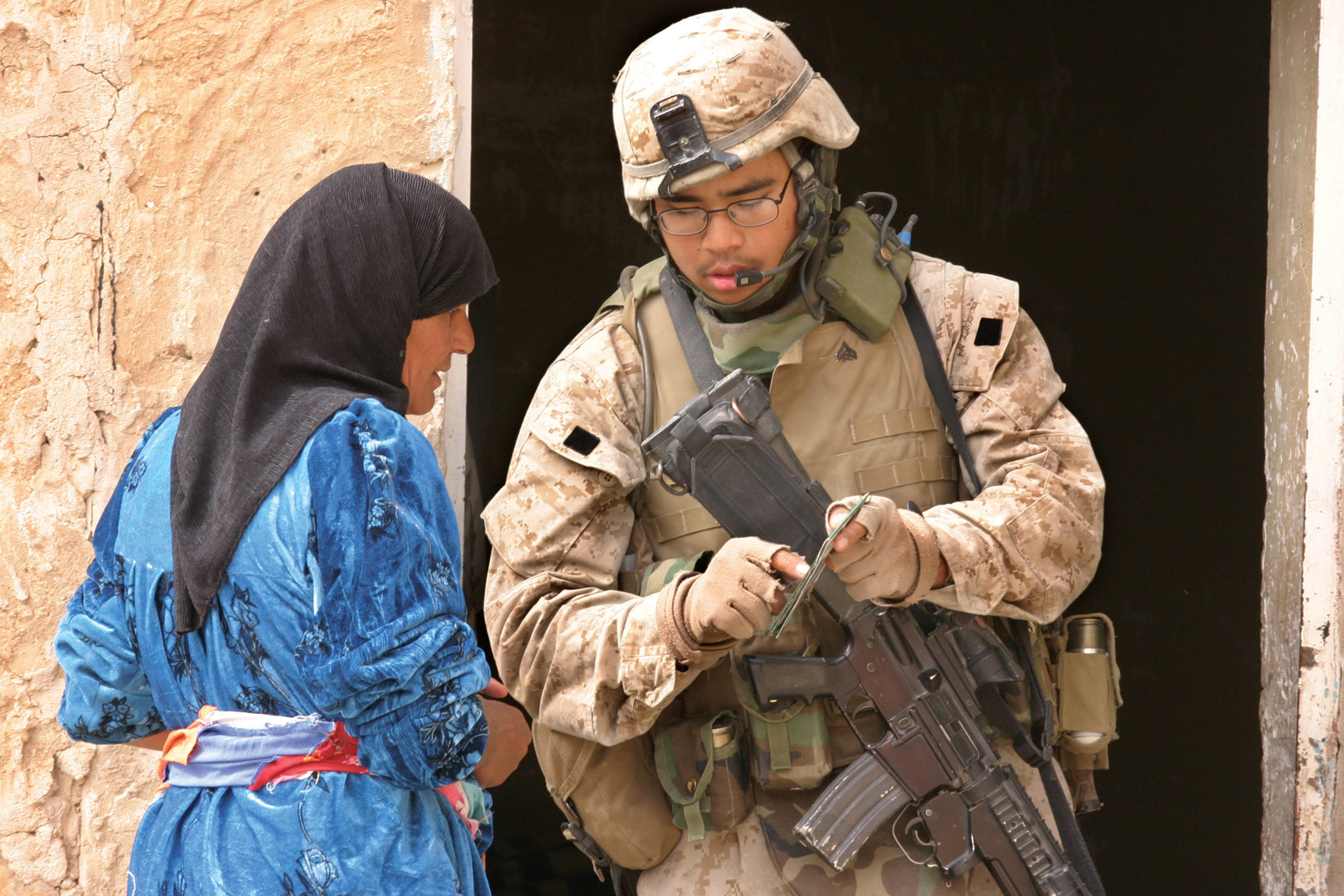
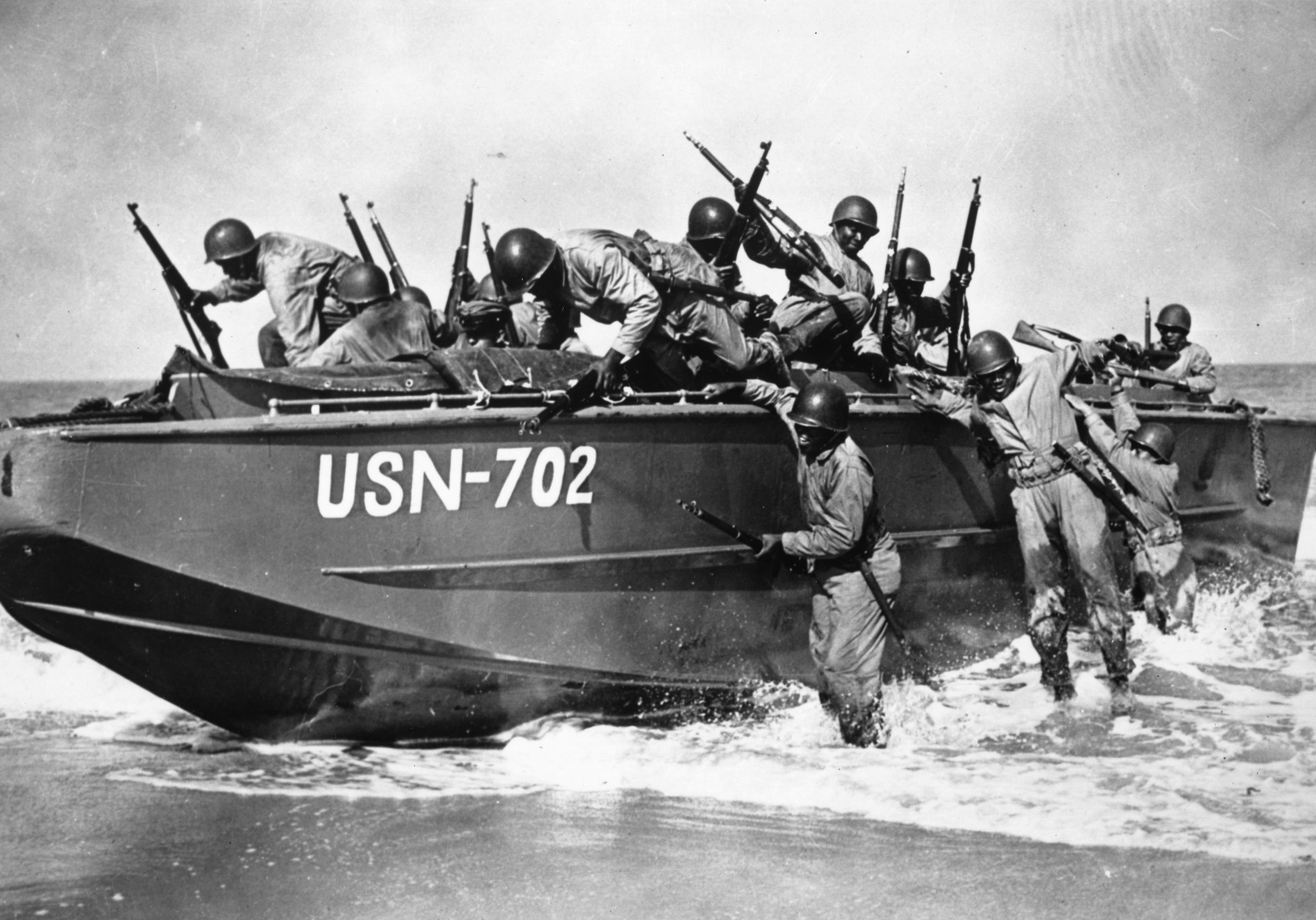
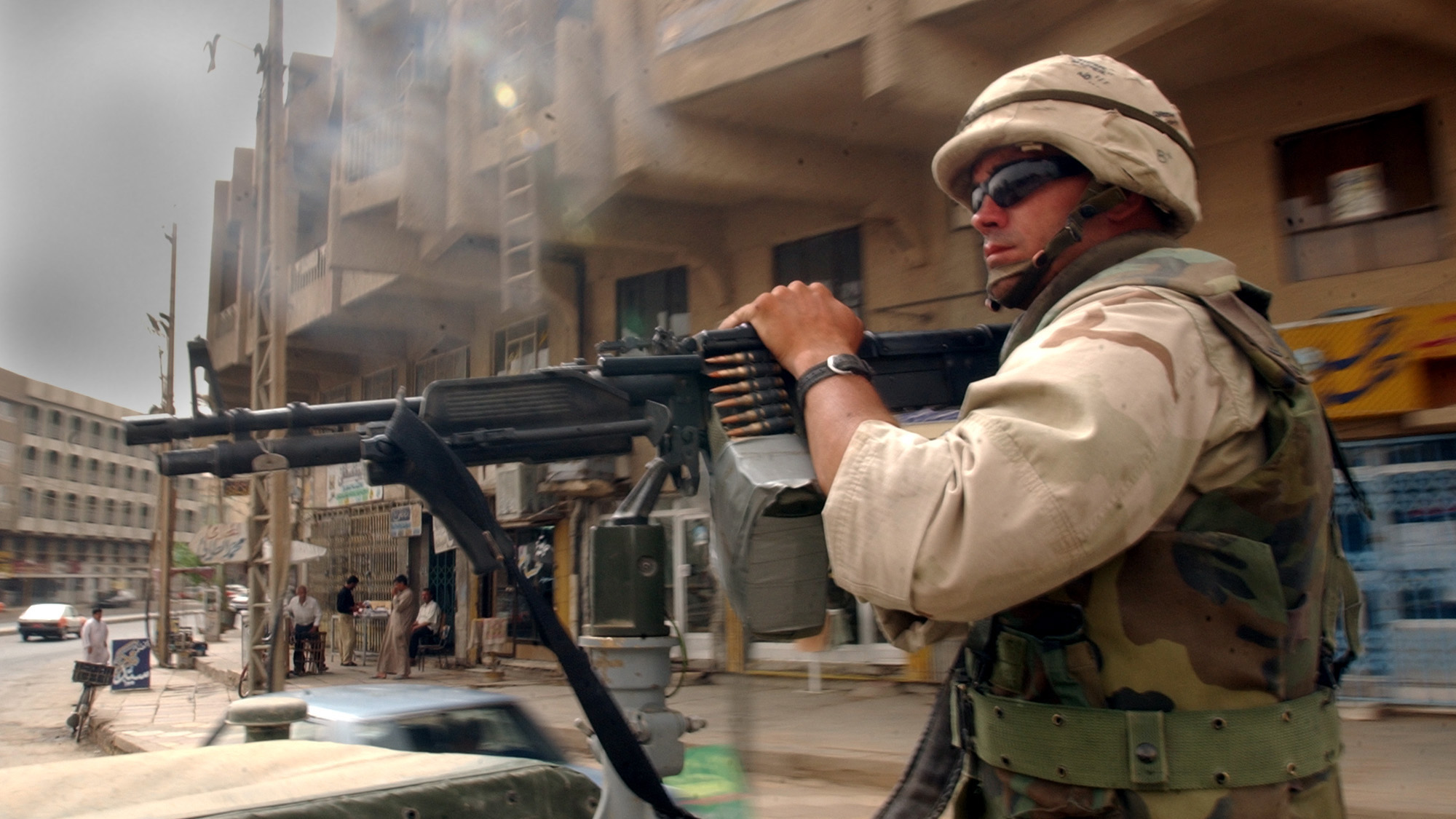
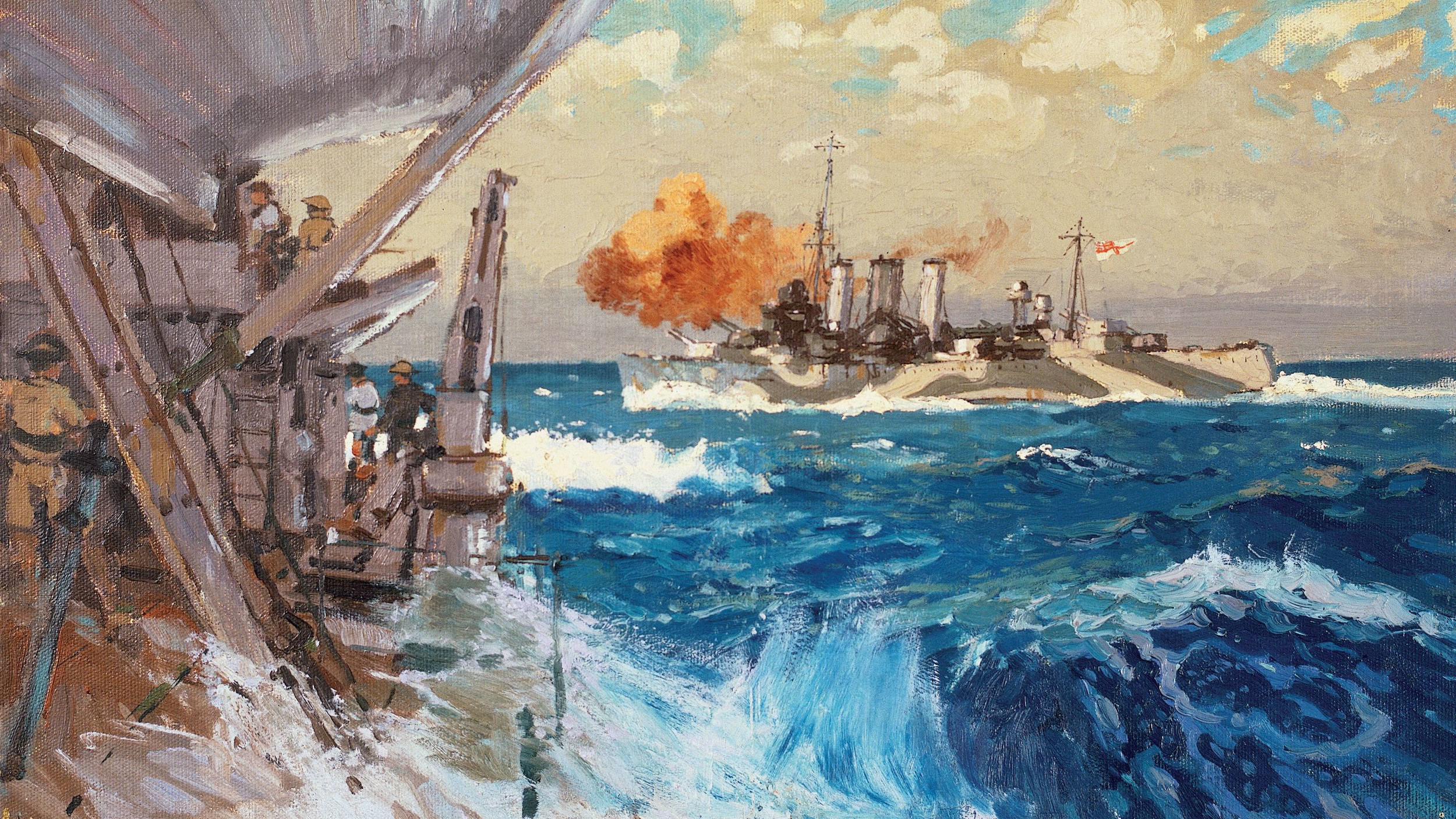
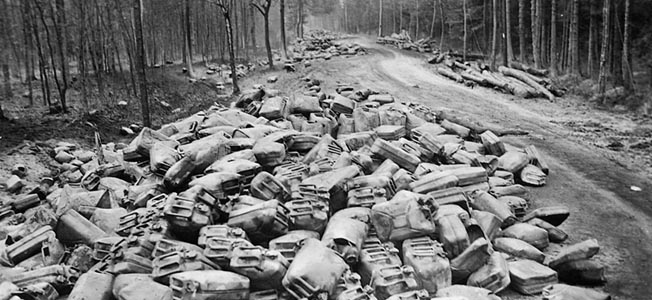
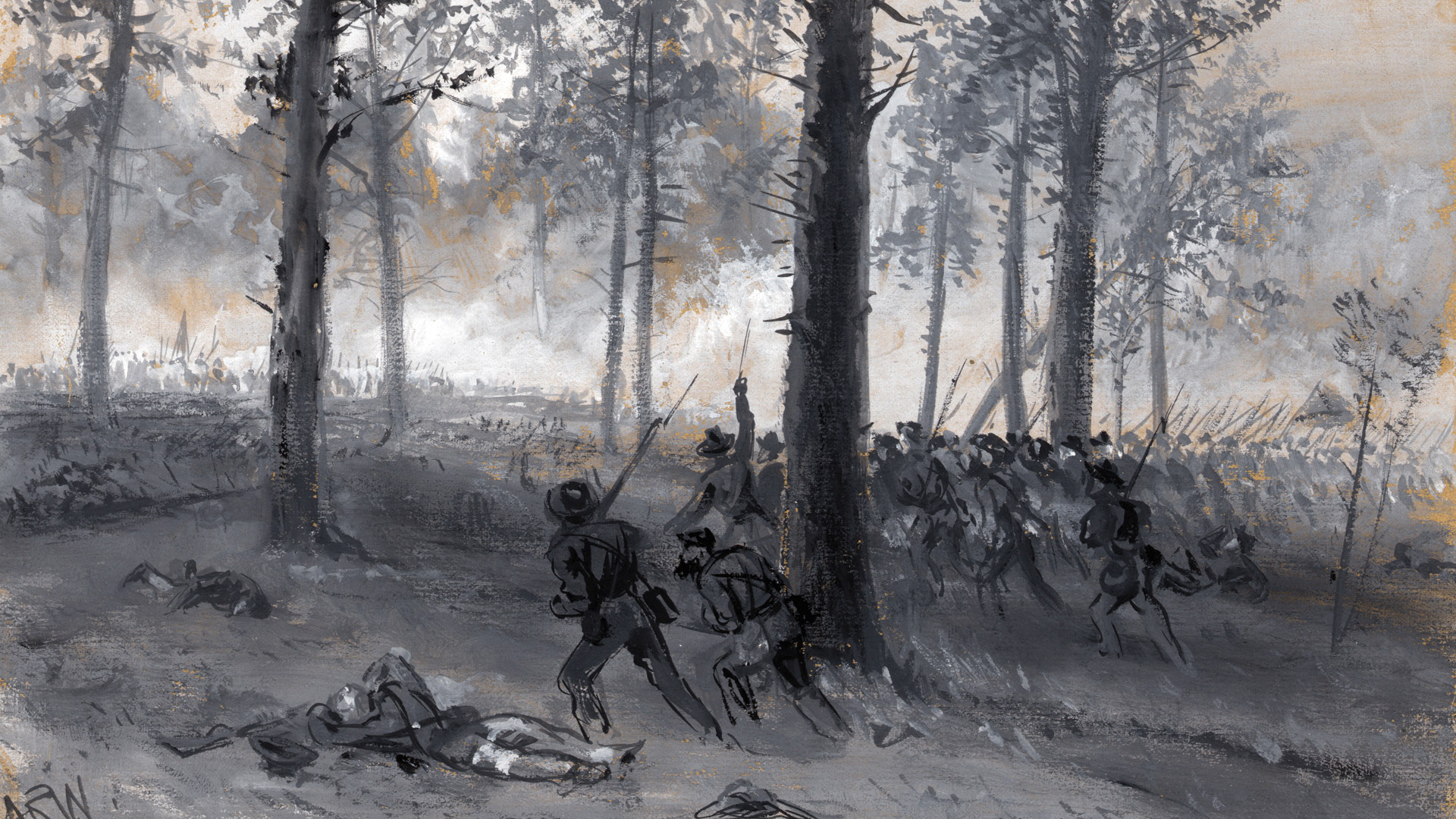
Join The Conversation
Comments
View All Comments